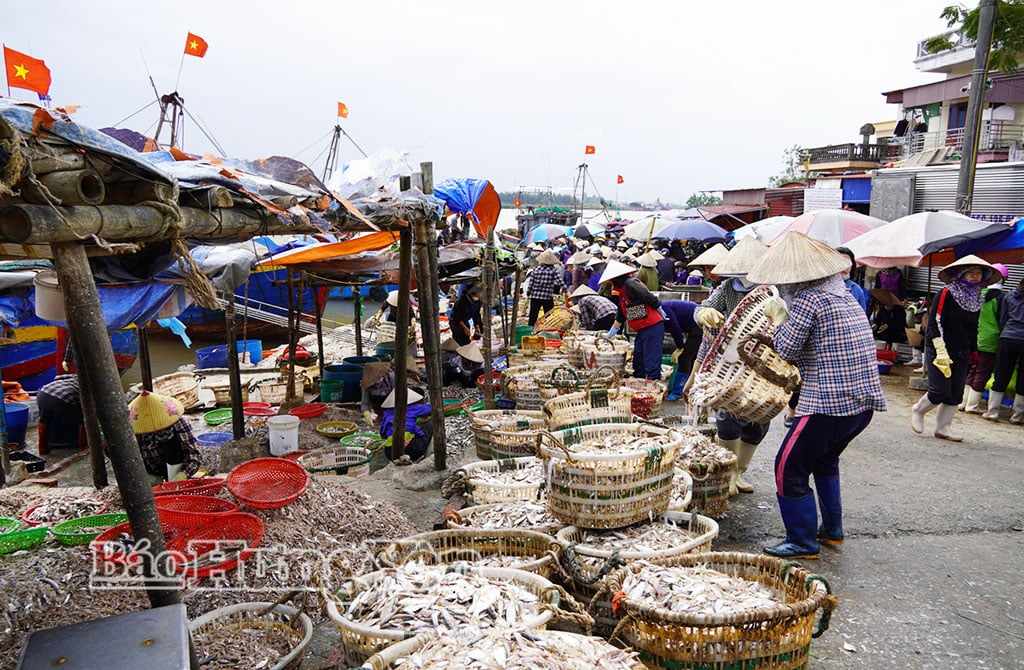
Promoting the advantages of being bordered by rivers on three sides and by the sea on one side, with a 54km long coastline, 5 large river mouths flowing into the sea, and more than 16,000 hectares of tidal flats, in the period of 2020 - 2025, the province will effectively exploit its potential, making the marine economy a key focus, contributing to an average growth rate of gross regional domestic product (GRDP) of 9.17% per year.
Aspiration to reach out to sea
In the period of 2021 - 2025, the province's agriculture, forestry and fishery sector maintained stable growth, with an average GRDP of 2.22%/year and production value increasing by 3.96%/year. Implementing the Resolution of the previous Thai Binh Provincial Party Congress, coastal communes proactively restructured production towards modernity and sustainability, linking farming with exploitation and processing, forming a linked value chain. A typical example is the high-tech shrimp farming model of Mr. Nguyen Xuan Su in Thai Ninh commune. On an area of 5 hectares, he maintains white-leg shrimp farming 3 crops/year, with a yield of 10-15 tons/ha/crop, and a revenue of more than 1 billion VND/ha/year. Thanks to the orientation of developing the marine economy, linking production with the market, the total production value in the period of 2020-2025 of Thai Ninh commune reached 1,704 billion VND, an average increase of 4.58%/year, in which the marine economy accounts for a large proportion, contributing to improving people's lives.
Not only strong in aquaculture, the province currently has 738 fishing vessels with a total capacity of more than 104,000KW, 100% of which have been updated in the national database Vnfishbase. The connection between aquaculture, exploitation and seafood processing has opened up a sustainable direction. A typical example is Rich Beauty Vietnam Food Co., Ltd., Thai Thuy commune, specializing in processing and exporting sushi shrimp, breaded shrimp, salmon, and egg fish to the Japanese and Taiwanese markets (China). In the first 8 months of 2025, the company exported 530 tons of products, and in the last 4 months of the year, it strives to add 300 tons, with expected revenue reaching nearly 10 billion VND/year.
In the period of 2021-2025, coastal communes will focus on implementing 3 development breakthroughs, focusing on building and developing the comprehensive Thai Binh Economic Zone; focusing on building a road system connecting with foreign traffic axes and industrial - urban - service zones in the Economic Zone; implementing high-tech aquaculture investment projects, trade, tourism, service and marine economic sectors with high added value associated with protecting coastal protection forests and sovereignty and maritime border security. Comrade Do Quy Phuong, Deputy Director of the Department of Agriculture and Environment, said: Promoting the strengths and potential of the province in developing the marine economy, in 2025, the total aquatic product output of the province is estimated to reach 305.8 thousand tons, an increase of 17.5% compared to 2020. Striving for growth in the agricultural and fishery sectors to reach 2.1% by 2030.
To promote the development of the marine economy, the province focuses on investing in synchronous infrastructure to create a foundation for attracting investment. Currently, the inter-regional connection axis has been formed with important national highways such as National Highway 5, National Highway 10, National Highway 37, National Highway 38, National Highway 39; Hanoi - Hai Phong expressways, the connecting road of the two Hanoi - Hai Phong and Cau Gie - Ninh Binh expressways, Ninh Binh - Hai Phong expressway (CT.08) and the coastal road. In particular, the CT.08 expressway project through Hung Yen, 33.3km long, passing through 10 new communes after the merger, has cleared 98.6% of the area.
Along with road traffic, seaport infrastructure opens a new "door" to attract investment. At the end of June 2025, the Ba Lat Liquid Cargo Port Project officially started construction with an area of nearly 7 hectares, an investment capital of 278 billion VND, capable of receiving 3,000-ton ships. Ba Lat Port is deployed when the inter-regional traffic system is synchronized, connected to the CT.08 expressway, Thai Binh - Ha Nam expressway (CT.16), Hanoi Ring Road 5 (CT.39) and the network of national and provincial highways. This is not only an infrastructure project, but also an important link in the energy logistics chain, linked to industrial parks and factories in the Thai Binh Economic Zone.

According to Decision No. 140/QD-TTg, dated January 16, 2025, Thai Binh seaport belongs to group 1 seaport, planned to handle from 6.8 to 7.9 million tons of cargo by 2030; has over 10 ports. Seaport infrastructure and inter-regional traffic are the foundation for forming a coastal urban - industrial - service chain. By 2030, in addition to ensuring that the 3 main port areas, namely Diem Dien, Tra Ly, and Ba Lat, are exploited according to the planned scale, the province will study the possibility of forming a port area outside the river mouth capable of receiving ships up to 50,000 tons.

Green energy strategy
With many key projects planned such as LNG thermal power, onshore wind power, offshore wind power, solar power... This is the direction of green energy conversion, realizing the goal of net zero emissions by 2050. Notably, the Thai Binh LNG Thermal Power Plant project with a capacity of 1,500 MW, invested by a consortium of Tokyo Gas, Kyuden and Truong Thanh Vietnam, will start construction in October 2025, operate from 2028, and is expected to contribute VND 4,000 billion/year to the budget when put into operation. In addition, the coastal area also has a gas potential of over 10 billion m3 on the continental shelf, opening up great space for energy industry development. Comrade Vu Kim Cu, Member of the Provincial Party Standing Committee, Head of the Provincial Economic Zone Management Board, said: We are closely coordinating to implement the Thai Binh LNG Thermal Power Plant project, considering it a highlight of the clean energy strategy. At the same time, the province aims to develop synchronous infrastructure of seaports, dry ports, coastal roads and in the future, a specialized coastal airport, forming a large-scale multi-industry economic cluster, closely connected with leading industrial and service centers such as Hai Phong and Quang Ninh. The goal is not only to increase local economic growth, but also to turn Hung Yen into a regional energy industrial center.

Developing green energy in conjunction with the marine economy will be the “key” for the province to achieve its dual goal of ensuring energy security while fulfilling its international commitments to combating climate change. This is also a step in line with the Central Government’s strategic direction on building green and sustainable economic growth poles in the Red River Delta.
(continued)
Source: https://baohungyen.vn/bai-1-gan-phat-trien-kinh-te-bien-voi-chien-luoc-nang-luong-xanh-3186331.html


![[Photo] Prime Minister Pham Minh Chinh chairs the Conference to deploy the National Target Program on Drug Prevention and Control until 2030](https://vphoto.vietnam.vn/thumb/1200x675/vietnam/resource/IMAGE/2025/10/09/1759990393779_dsc-0495-jpg.webp)
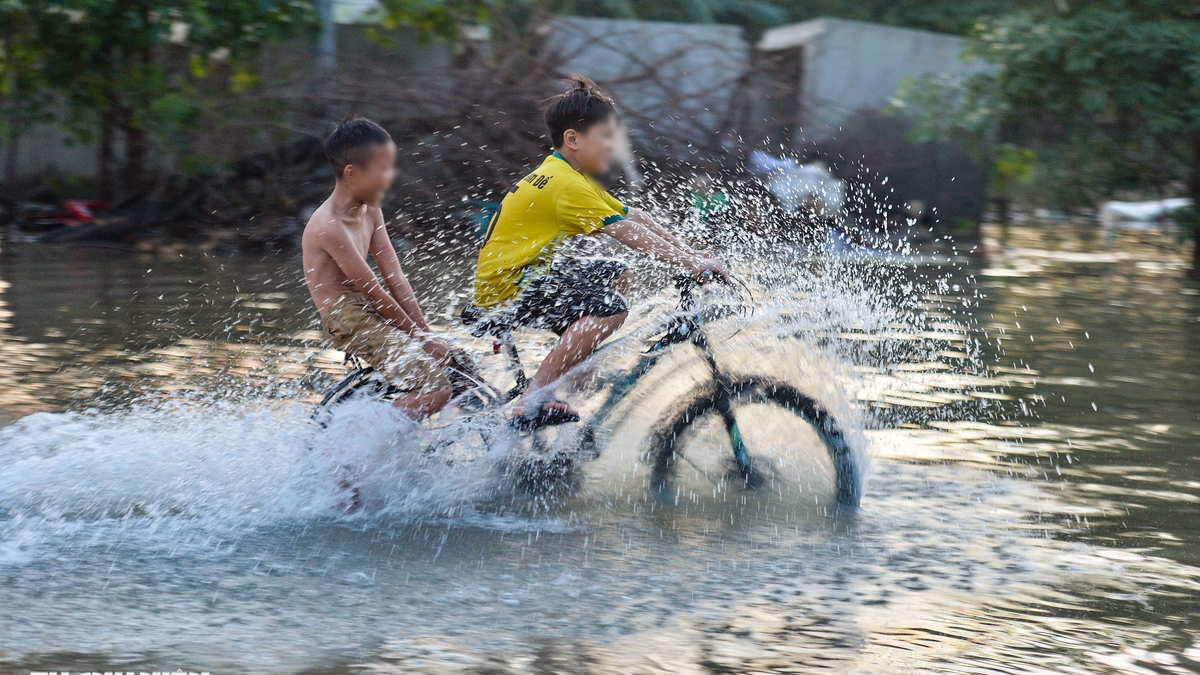


![[Photo] Impressions of the Can Gio Whale Festival](https://vphoto.vietnam.vn/thumb/1200x675/vietnam/resource/IMAGE/2025/10/09/1759984089762_image12334-5642-jpg.webp)

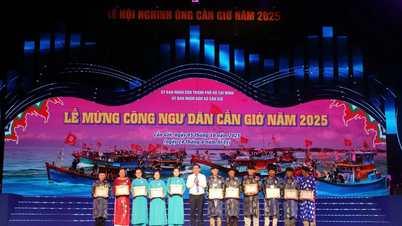

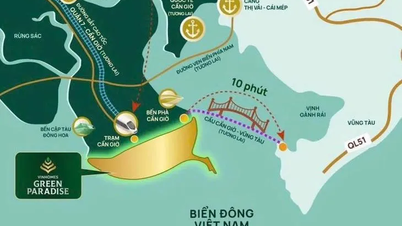
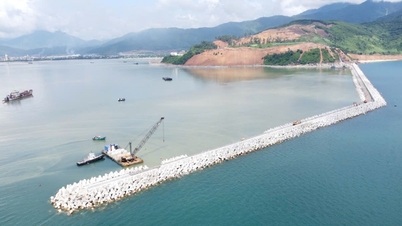

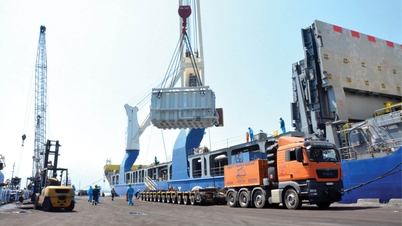



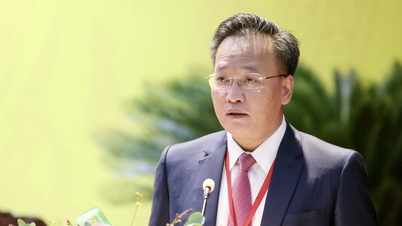

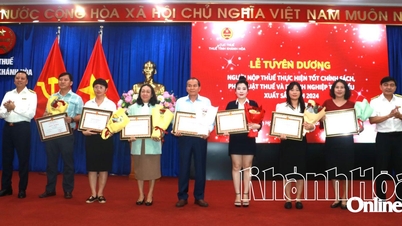

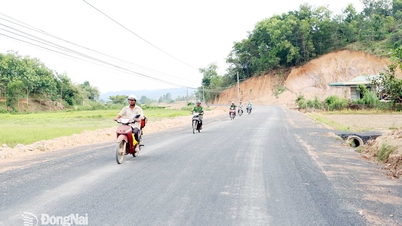

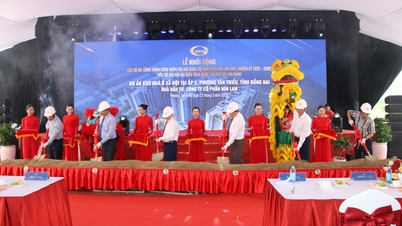












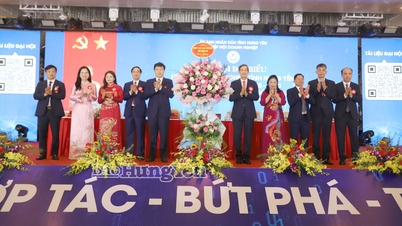


























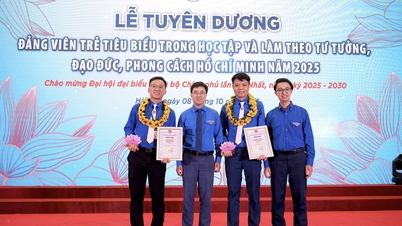
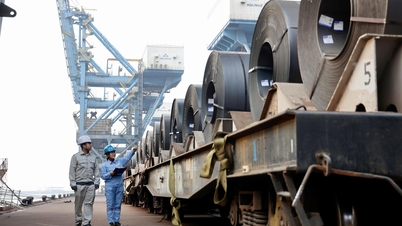





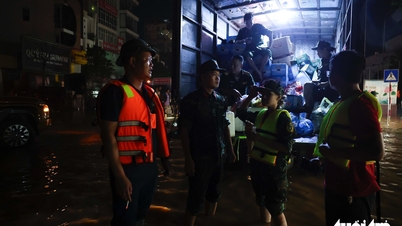




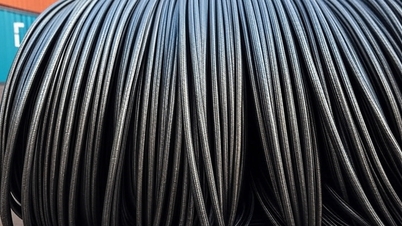










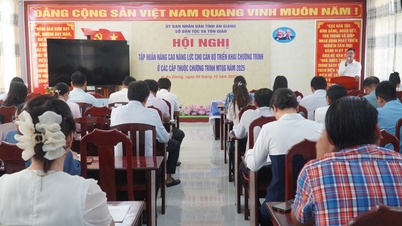




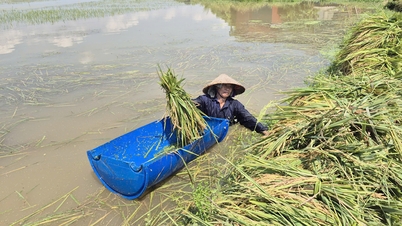




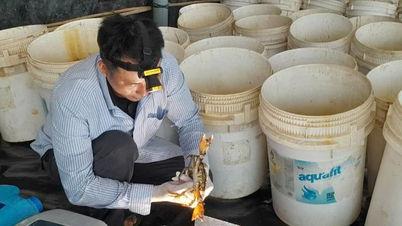











Comment (0)